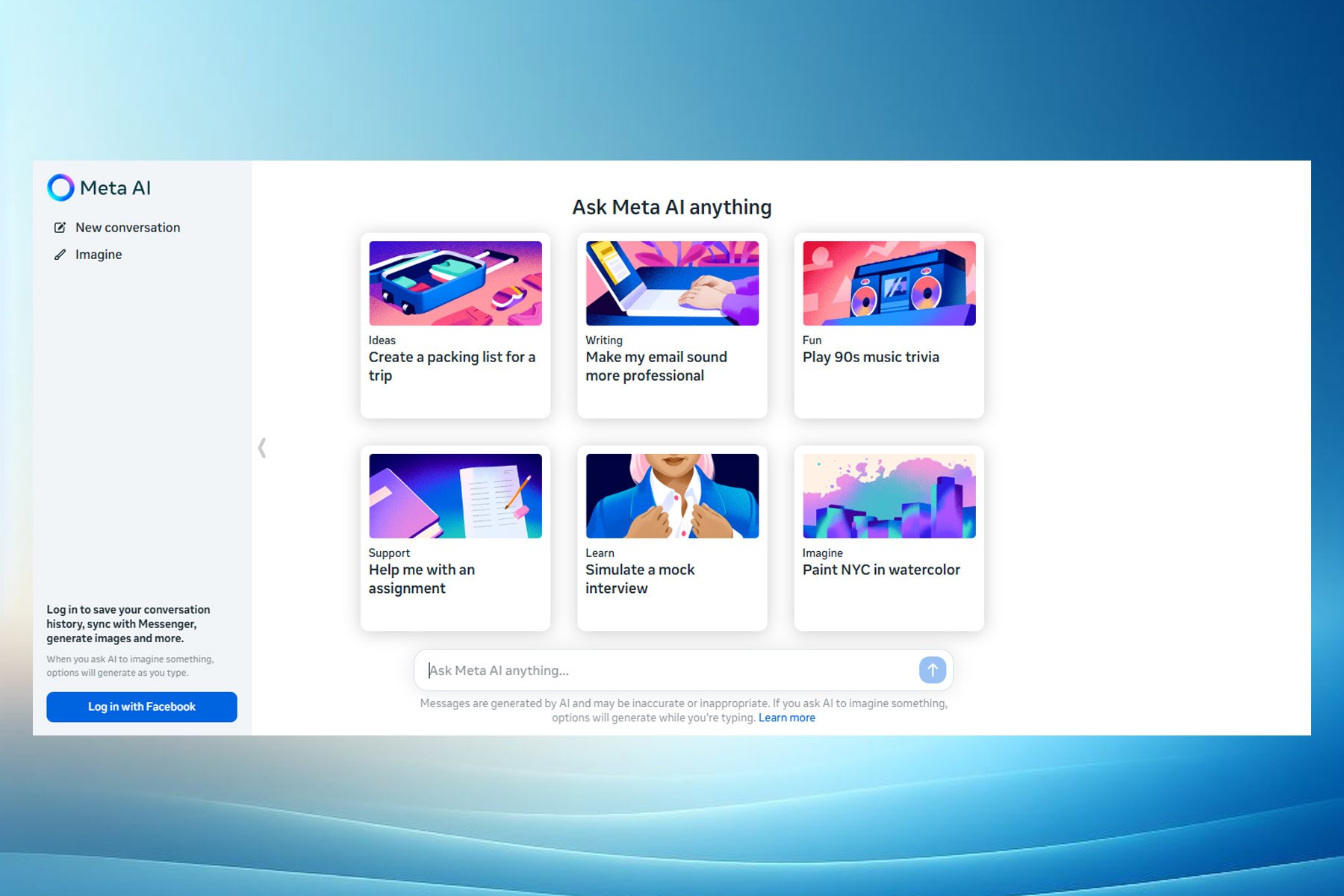Office 365 blocks Flash, Shockwave and Silverlight content in 2019
2 min. read
Updated on
Read our disclosure page to find out how can you help Windows Report sustain the editorial team Read more

Flash usage declined during the past years and it reached a market share of 5%, compared to 28.5% in 2011. Microsoft recently decided to block Flash on certain types of content. The block will apply only to Office 365 subscribers and Office 2016, Office 2013 and Office 2010 distributions are not included in this move, according to the company. The block is full-on, and this means that Microsoft is not only disabling flawed controls with the option to click on a button in order to view its content. More than that, the block means that Office 365 will prevent Flash, Shockwave and Silverlight material from playing inside an Office document for good.
The block comes into effect on January 2019
Microsoft’s change is scheduled to begin in January 2019, and the timeline is the one below:
- Controls will be blocked in Office 365 Monthly Channel starting in June 2018.
- Controls will be blocked in Office 365 Semi-Annual Targeted (SAT) Channel starting in September 2018.
- Controls will be blocked in Office 365 Semi-Annual (SA) Channel starting in January 2019.
There’s also another important thing worth noting. Users have to know that only content that’s embedded with the “Insert Object” feature will be blocked (the one that uses Microsoft’s Object Linking and Embedding) and not the content embedded via “Insert Online Video.” (which embeds content via an Internet Explorer browser frame).
The block comes due to security and Flash’s end of life
Microsoft says that the reason that led to taking this decision includes the fact that cybercriminals abused this mechanism for their exploit campaigns. Another reason is that Office users are not dependent on Adobe Flash.
Another significant thing worth remembering is that Adobe announced Flash’s end of life for 2020. Microsoft’s support for Silverlight ended back in 2016, and the final date for ending support for enterprise customers is 2021.
Microsoft also published a support page to help companies which need to embed or view Silverlight or Flash-based content in Office 365. The page contains guidance on how to re-enable Silverlight, Flash and Shockwave controls.
RELATED STORIES TO CHECK OUT:








